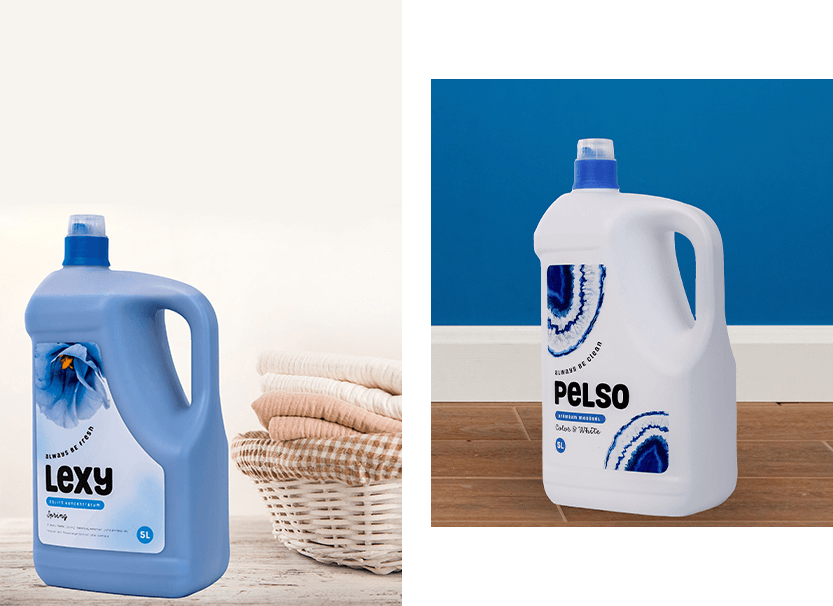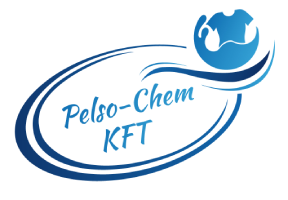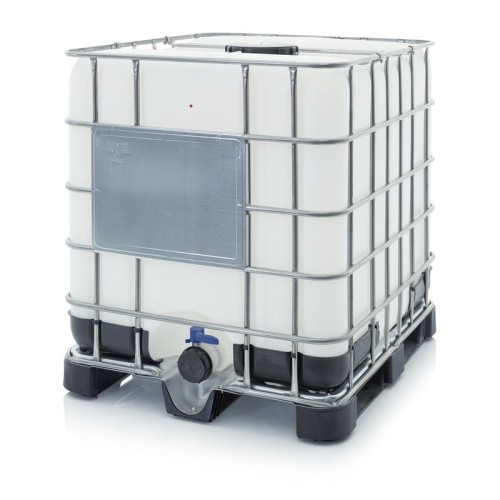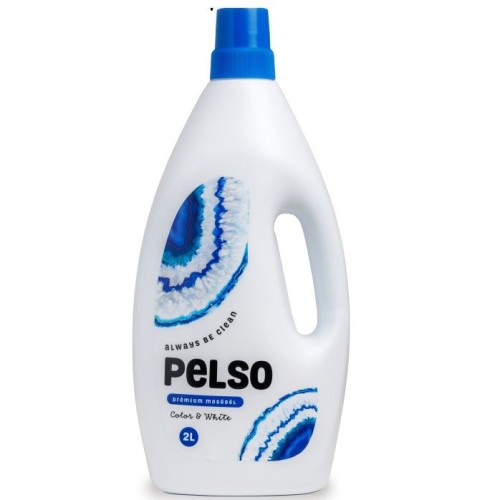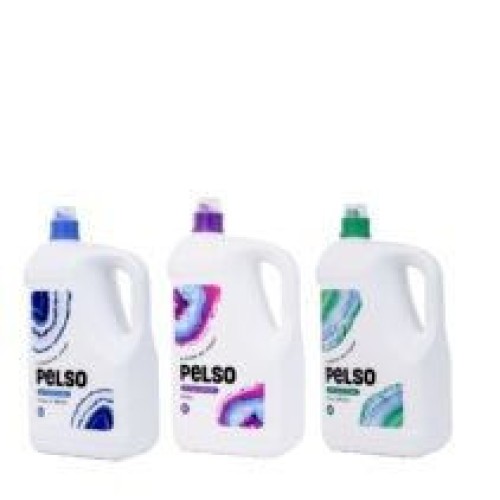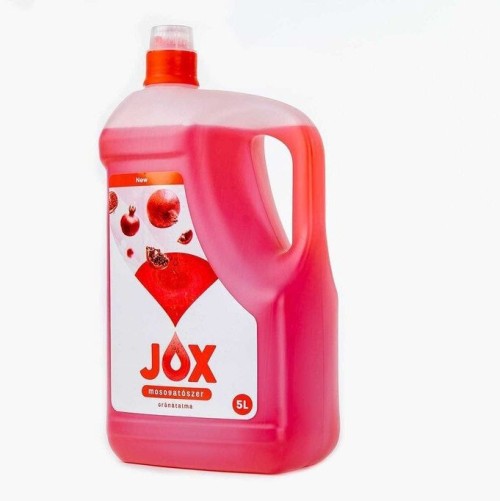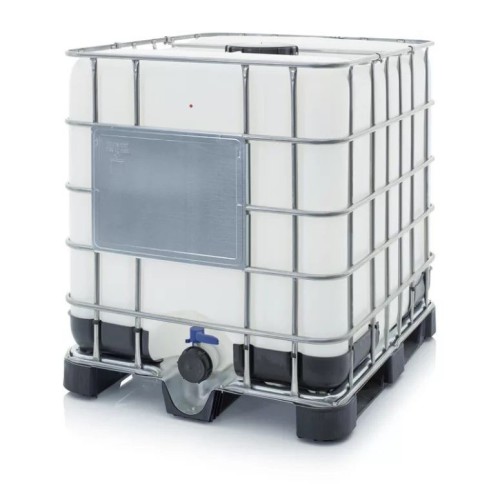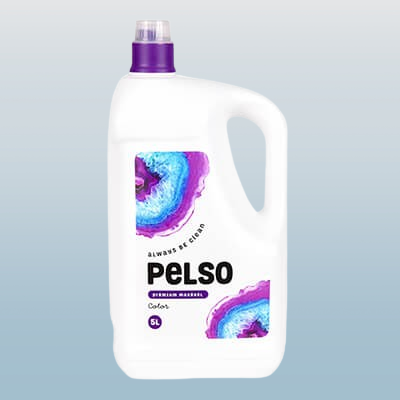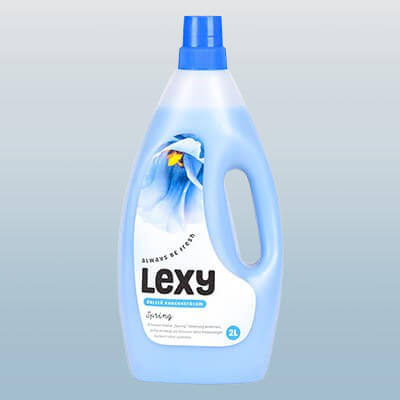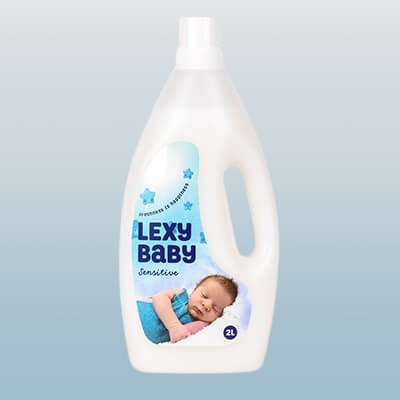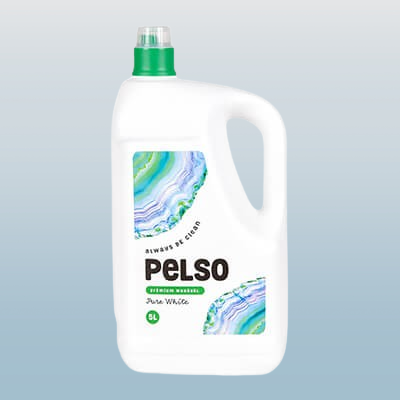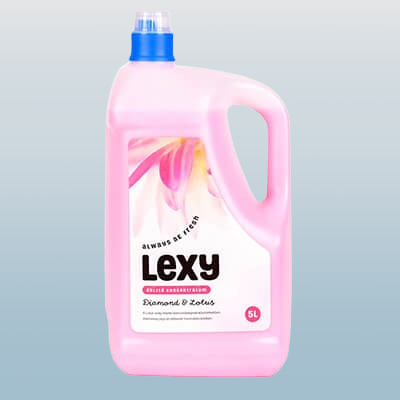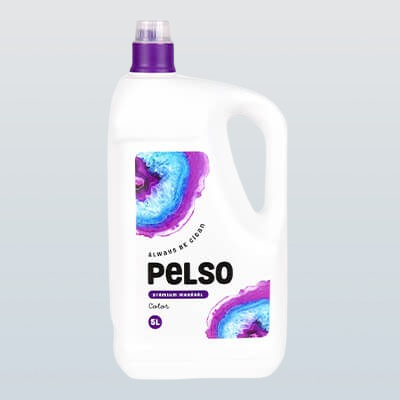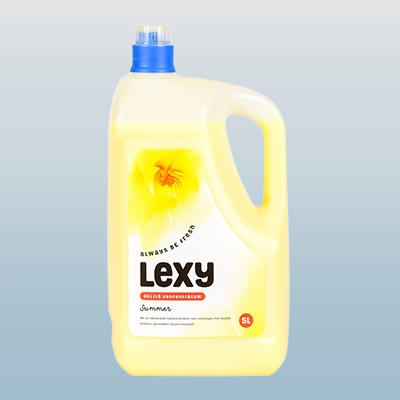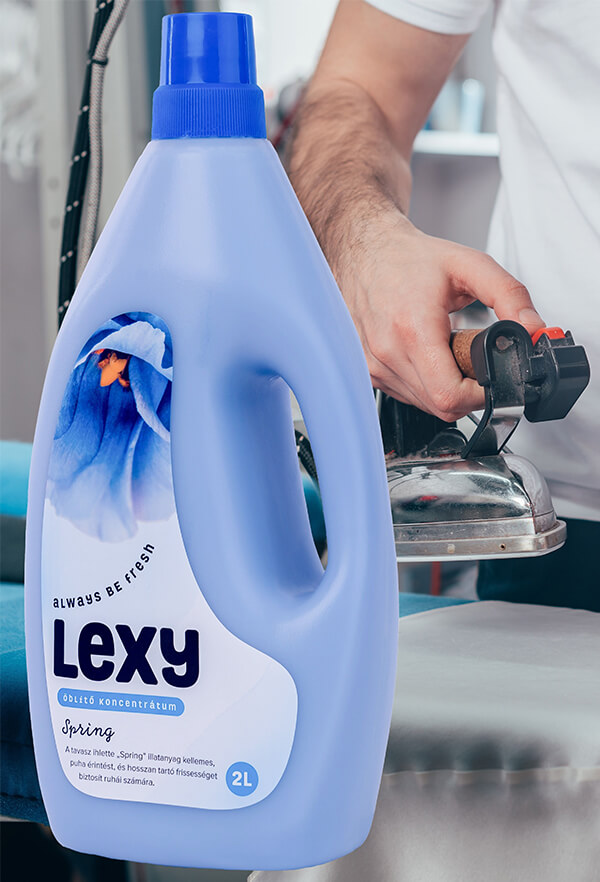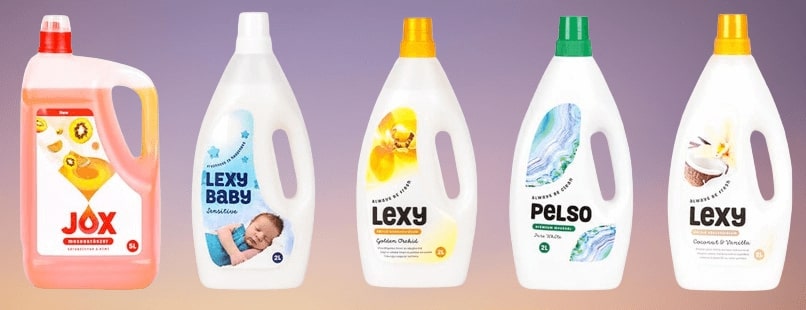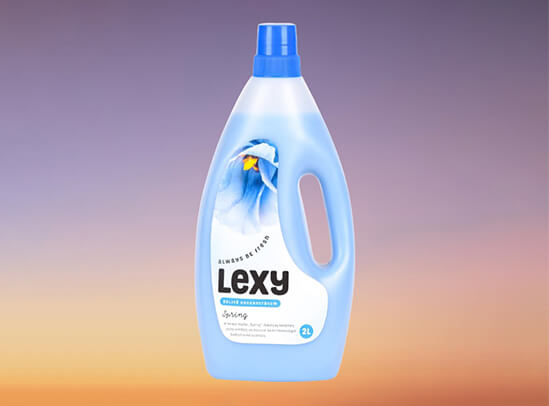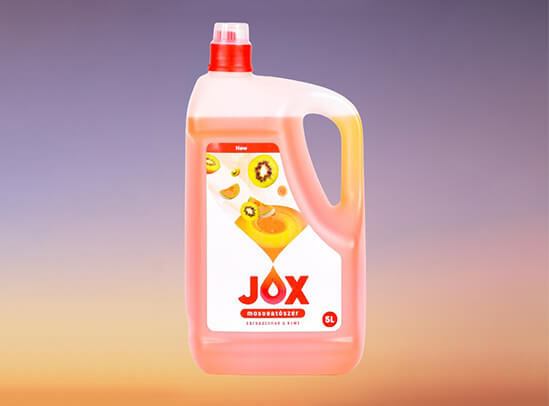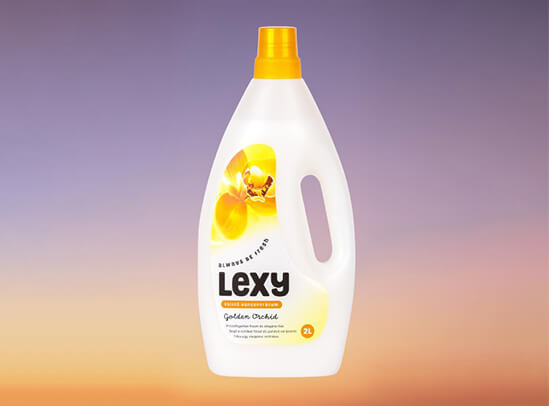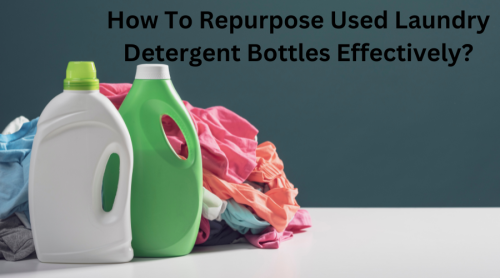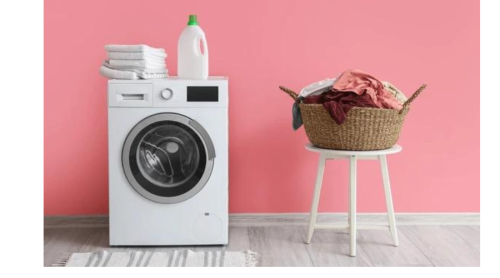Millions of plastic bottles are thrown away yearly, damaging and polluting the earth. Laundry detergent bottles are among the most common plastic items inside the house. Once these sturdy, colorful containers are emptied, they go to waste. What if you could give them a second life? Here are some valuable methods mentioned for recycling detergent bottles. Why Repurpose Laundry Detergent Bottles? 1. Durability and Versatility Your laundry detergent bottles are made from strong, durable plastic, so they are the perfect candidates for personal repurposing into items you can use. 2. Environmental Benefits The use of these detergent bottles prevents other waste products with the same bottles deposing them in the dump site or in water bodies. Keep on using the plastics over and over again as well as recycling them as a very good technique of conserving our environment. 3. Cost-Saving Advantages Repurposing detergent bottles will save you money. Some of them include the following: It is always cheap to make new containers or tools rather than buying new ones with shipping included. That’s an effective and cost-saving model for satisfying your domestic needs. Creative Ways to Repurpose Detergent Bottles a. DIY Planters Transform detergent bottles into innovative, strong planters for your homes or gardens. They’re ideal for small plants, flowers, or herbs. Clean the Bottle: Wash the bottle thoroughly with warm, soapy water to remove any detergent and make it clean. Let it dry completely. Cut to Shape: With a utility knife or scissors, cut a hole on one side of the bottle. Leave the handle so it’s easy to carry. Or cut the top off if you want an open design. Add Drainage Holes: To permit proper water drainage, make small holes at the bottom with a drill or a nail. Decorate: Get colorful with nontoxic paint or pretty up your bottle with stickers and patterns. Plant: Put the potting soil in the bottle, then put your plant in. Water as needed. b. Handy Storage Containers If you feel like repurposing some of your old Detergent bottles, why not turn them into containers to store tools, craft supplies, or small household items? You can put screws, nails, sewing tools, art supplies, or pet treats in these containers. You can also put cleaning tools under the sink with them. Cut the Bottle: Remove the top of the bottle, only cutting the handle away from the body for easy carrying. Smooth the Edges: You can smooth the edges using sandpaper so no accidental cuts occur. Label: You can write or stick labels on the bottles to identify the contents of the bottles. c. Homemade Watering Cans You can Reuse detergent bottles to make watering cans for gardening. They are excellent watering cans, particularly for small gardens or indoor plants. Clean the Bottle: Make sure no detergent residue is left on it, and rinse it thoroughly. Puncture Holes: Puncture small holes in the bottle cap using a nail, drill, or screwdriver. Fill and Use: Put the cap back on, fill the bottle with water, and use it to water your plants. d. Scoops for Household Use Get a head start on making scoops that work for different home channels. They can be used for various purposes, such as pet food or gardening soil. Mark the Bottle: To create a scoop shape, make a line where you want that scoop to be cut. Cut: Cut the bottle along the marked line using scissors or a utility knife. Smooth Edges: File the edges to make them safe to touch (usually with a safe file). Repurposing for Fun and Creativity a. Children’s Crafts and Toys Teach your kids about recycling by repurposing empty detergent bottles into crafts and toys your children will love. Here are some ideas: Piggy Banks: Make a slit at the side of the bottle to insert the coins; you can paint or stick the icon on the bottle. Toy Cars or Boats: Have the children decorate the outside of the bottle by painting and gluing wheels or sails to create their toys. Animal Figures: This kind of cutting and shaping of the bottles, followed by painting and decorating, gives them the form of animals. b. Bird Feeders You can make bird feeders from detergent bottles to attract wildlife to your yard. Cut Openings: For birds, you cut holes on the sides of the bottle so that they can reach the seeds. Add Perches: To provide birds with perches in the nesting box, insert small sticks or dowels below the openings, just big enough to touch the tops of the boxes. Fill and Hang: Pour rice, birdseed, or small seeds into the bottle, then attach it to a tree branch or pole using a strong string or wire. Community and Charitable Uses You can reuse detergent bottles to help your community, too. You can consider these ideas: Donate Repurposed Items: Send repurposed planters, storage containers, or bird feeders to schools, shelters, or community centers. These are both practical and can be decorative. Host Workshops: Upcycle the detergent bottles yourself and show others how to do it. Safety Tips When Repurposing Bottles Clean Thoroughly: Ensure every bit of detergent is washed off, as it is dangerous to your health. Wash bottles with warm water to which soap has been added and rinse thoroughly. Use Proper Tools: When cutting or puncturing bottles, use only scissors, utility knives, or drills, and always do it with caution. Smooth Edges: Where necessary, smooth the rough surfaces to avoid accidents such as cuts. Check for Safety: Recycling products that can be used again when handling items that children will come across is safe. Conclusion Recycling laundry detergent bottles can be the best way to save the environment and expenses. What are some other ways that detergent bottles could be recycled? Let us hear your suggestions for recycling detergent bottles and encourage others to contribute. After all, the first step toward success is the first step itself. Begin right now to help bring about change. FAQs How do I clean detergent bottles before repurposing? Wash the bottle inside and out with warm, soapy water several times, as the detergent must be removed. Allow it to dry before using it again for another purpose. Can all detergent bottles be repurposed? Yes, most detergent bottles are made with sturdy plastic, which can be recycled. However, brittle, cracked, or damaged bottles should not be used. Are repurposed bottles safe for food storage? Avoid detergent bottles when storing foods, as they might be contaminated with detergent residue or chemicals. What tools are needed for repurposing? These tools include scissors, utility knives, sandpaper, and markers. Sometimes, where the work requires more extensive work, you may need a drill, screwdriver, or glue. How can I involve kids in repurposing projects? Select basic and non-hazardous activities such as placing flowers in planters, creating plans to build piggy banks, or constructing toys. Give them the freedom to use tools but on close observation!
welcome to
Buy From The Leading Wholesale Cleaning Product Supplier
When it comes to achieving incredible results, Pelso-Chem KFT is your go-to and leading wholesale cleaning product supplier. With our extensive expertise in the cleaning products industry, our detergents and fabric softeners consistently deliver unbelievable results. As a rising company, we are dedicated to addressing your specific needs, particularly those related to stains and odors in clothes. Our wide range of high-quality cleaning supplies is designed to meet all your cleaning needs.
